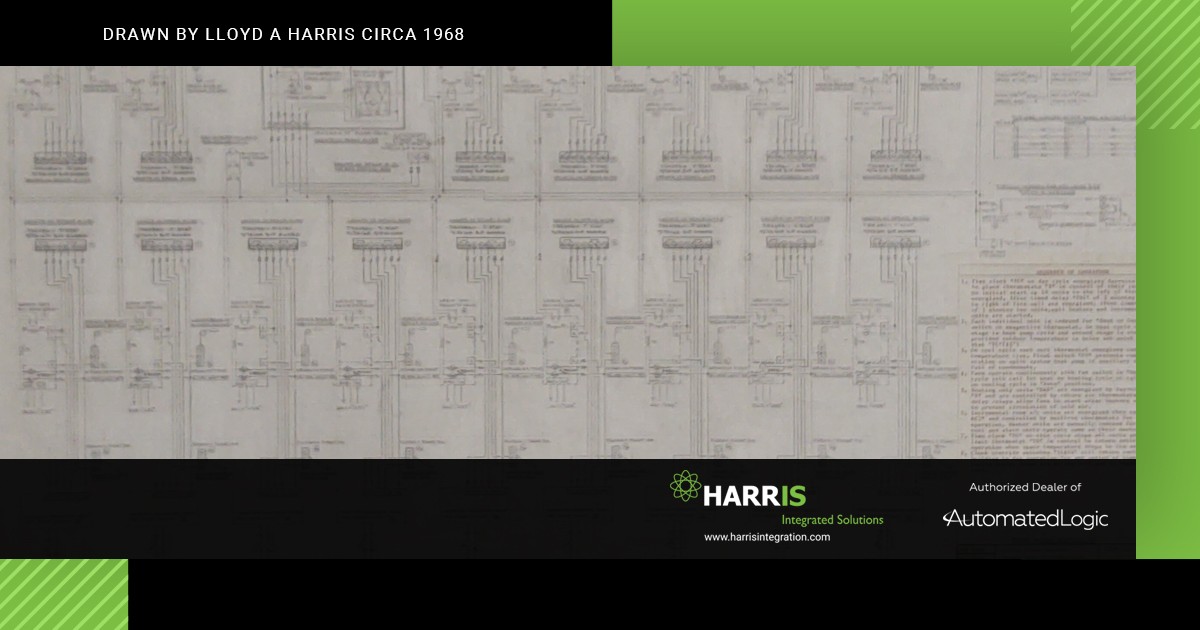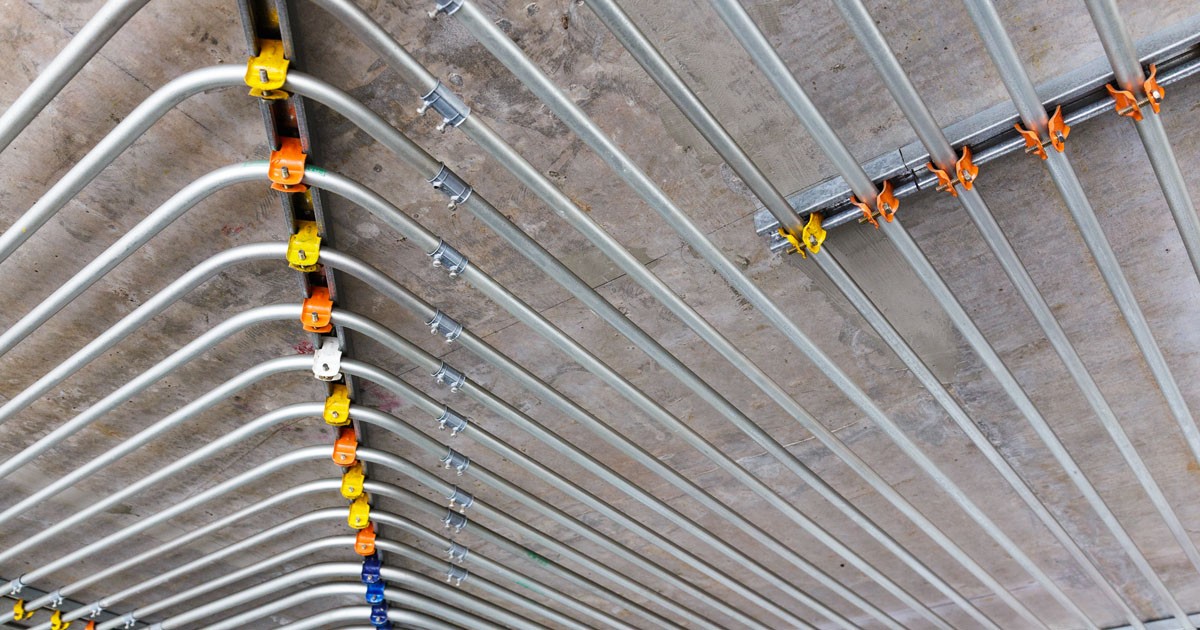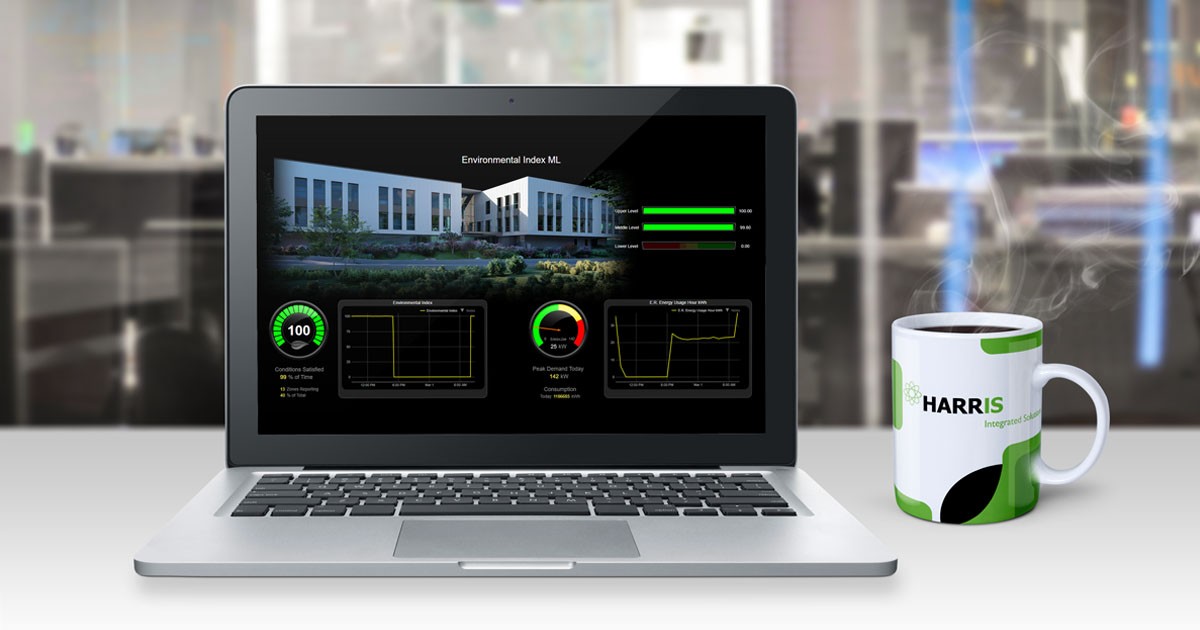Many organizations are facing gaps in their budgets right now or will be facing them in the coming years. For the purposes of this article, I am going to use schools as my facility type example; however, the challenges and solutions noted apply to most types of facilities across all sectors, whether industrial, commercial, or institutional.
Challenges
There are the three main budget challenges schools will be facing soon:
- ESSER (Elementary and Secondary School Emergency Relief) funds will have been depleted
- A shortage of educators and competition in the educational job market requires an increase in salaries and bonuses to attract and keep good employees
- Inflation rate of 8.6% in May 2022
- Short term electricity costs (cost per kWh) are predicted to increase by 3% (US Energy Information Administration)
This is going to cause school districts issues in finding funding sources for new construction and renovations. Even emergency funds may need to be accessed to complete the year. It will be a lot leaner than in the previous years and will create gaps will need filling. Districts may be scrambling to find that needed money for work. So will contractors.
What is the solution?
The Energy Gap Filler: One of the best sources of “gap filler” is found in energy savings. Managing energy can help keep a building program going. It does not have to come at the cost of sweltering classrooms. Some of the simplest projects and strategies can equal a lot of savings. If energy can be the focus in areas of HVAC, lighting, building envelope, etc., then both vendors and school districts can benefit and fill those gaps using energy savings.
There are always those non-LED lights, single pane glass windows, doors or old rooftop unit left hanging around that need to be done. Contractors could offer free inspections of buildings and help districts locate areas of improvement offering energy paybacks as a solution. One can find a project that was never gotten around to that is still waiting.
The Building Automation Gap Filler: One of the best tools for “spreading energy gap filler” are building automation systems (BAS) or energy management systems (EMS). They do way more than turn stuff on or off. There are a wide variety of things the right system can do that will save money filling those gaps. Updating a building automation system can lead to large savings.
Using time can be a big payback. The average school in S.C., for example, only needs to run an entire campus about 2,400 hours out of 8,760 a year. That is 6,360 hours where savings can happen. A district can save up to 10% per year on heating and cooling by simply turning the setpoint temperature back 7°-10°F for 8 hours per day from its occupied setting (US Dept of Energy). This is a great source of revenue especially since the average school district spends about $2 million annually.
Repair Time = Windshield Time: Windshield time can cost a lot. Hourly labor rates, high gas prices, and even higher vehicle maintenance are a great second place to start looking for gap fillers. Avoiding one service call can save $40/hr. to $50/hr. Remote accessing the BAS for HVAC, electrical or even water heaters calls can help determine whether one is legitimate or not. This can also help identify and prioritize “need-to” rooms that are emergencies and others that are not-so emergencies.
Replacement vs. Repair: South Carolina schools operate out of two main budgets – general and capital. The best way to transfer money from capital into general is in energy savings. The second best is deferred maintenance costs. With return on investments (ROI) studies a district has a better chance of knowing which way to go on replacement or repair. Life Cycle Costs Analysis (LCCA) should include energy use, and deferred maintenance cost as well.
Energy can be used to help fill in the budget gaps that will be challenging schools in the near future. If they prepared now, the gaps would be fewer and farther between for both contractor and school district.

Tony Holcomb | Energy Consultant
Tony Holcomb is an Energy Consultant with Harris Integrated Solutions. He is retired Director of Maintenance and Operation for Georgetown County Schools in South Carolina. He served three years as Vice-Chairman for the Association of South Carolina Energy Managers, won South Carolina Energy Manager of the Year in 2016, and won South Carolina Energy Project of the Year in 2013.
To Holcomb, his biggest career accomplishment was not having to increase Georgetown County School District’s energy budget over 14 years, helping keep teachers employed and students learning.

Tony Holcomb | Energy Consultant
Tony Holcomb is an Energy Consultant with Harris Integrated Solutions. He is retired Director of Maintenance and Operation for Georgetown County Schools in South Carolina. He served three years as Vice-Chairman for the Association of South Carolina Energy Managers, won South Carolina Energy Manager of the Year in 2016, and won South Carolina Energy Project of the Year in 2013.
To Holcomb, his biggest career accomplishment was not having to increase Georgetown County School District’s energy budget over 14 years, helping keep teachers employed and students learning.








